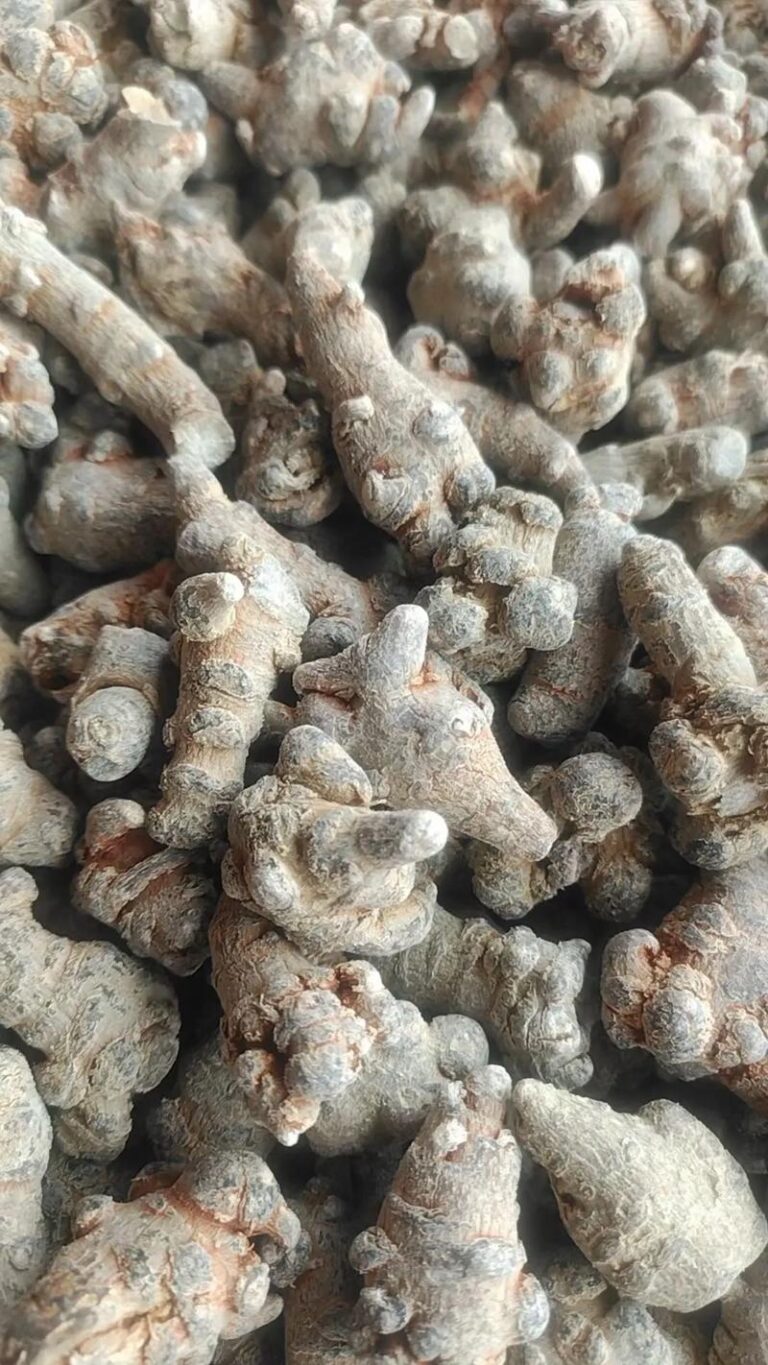Panax notoginseng, also known as Tianqi, is a precious Chinese medicinal material that has the effects of promoting blood circulation, removing stasis, reducing swelling and relieving pain. Especially Panax notoginseng produced in Wenshan, Yunnan is the most authentic. However, illegal vendors often use fake products to pretend to be real Panax notoginseng in the market. If consumers lack identification knowledge, they are easily deceived. This article will introduce in detail the identification methods of authenticity and fake Panax notoginseng from many aspects such as appearance characteristics, texture, cross-sections, and smells to help readers accurately identify authentic products and avoid purchasing counterfeit and inferior products.

The appearance characteristics of the authentic Panax notoginseng
The authentic Panax notoginseng is spindle-shaped or conical-like, usually between 1-6 cm in length and 1-4 cm in diameter. There are obvious stem marks at the top and tumor-like protrusions are distributed around it, which are natural traces left by Panax notoginseng during the growth of Panax notoginseng. The annular texture formed after the branch root is broken can be seen on the sides. The surface is smooth, gray-brown and green, and some of the remaining gray-yellow cords are left. In addition, the surface of the zodiac panax notoginseng is also distributed with transverse skin holes and discontinuous longitudinal wrinkles. These characteristics are formed by natural growth rather than artificial carving.
In terms of texture, the zodiac qi is solid and heavy. After being broken, you can see that the skin is separated from the wood part. The central xylem is darker in color, horny, and has radioactive patterns, which is commonly known as the “chrysanthemum heart”. High-quality Panax notoginseng is usually large in size, hard in texture, heavy in weight, delicate in skin, gray-green or yellow-green in cross section, no cracks, and obvious chrysanthemum center.

Common fakes and their identification points
- Dry rhizomes of the ginger family Wen’era
This pseudo-like product is oval, conical or long spindle-shaped, with a yellow-brown surface, 3-6 cm long and 2-3 cm in diameter. Unlike the True Panax notoginseng, there are no stem marks at the top, and the tumor-like protrusions and wrinkles are mostly carved by hand to imitate the appearance of the authentic product. The texture is hard, with a tan or yellowish-brown cross-section and a waxy luster. The smell is slightly spicy, the taste is slightly bitter and spicy, which is obviously different from the slightly bitter and sweet taste of Zhen Panax notoginseng. - Tubers of weak potatoes in the Arrow Root Potato family (Peak Field 7) The fake product is curved in shape similar to a spherical or oblong shape, 2-4 cm long, 1-1.5 cm in diameter, gray-brown on the surface, with rough wrinkles or small dot-like protrusions. The leaf base often remains at the top, which is a feature that Zhen Panax not possesses. The smell is weak and the taste is bitter, without the unique sense of sweetness and bitterness of Panax notoginseng.
- Dried rhizomes of the Bamboo Spot (Bamboo Root VII)This fake product is bamboo whip-shaped, flat and cylindrical, slightly curved, 5-22 cm long and 0.8-2.5 cm in diameter. The surface is gray-brown or yellow-brown, rough and densely internodes, which is quite different from the spindle appearance of Zhen Panax notoginseng. Although its cross-section has certain similarities, it has no chrysanthemum center structure and its smell and taste are different from that of the authentic ones.
